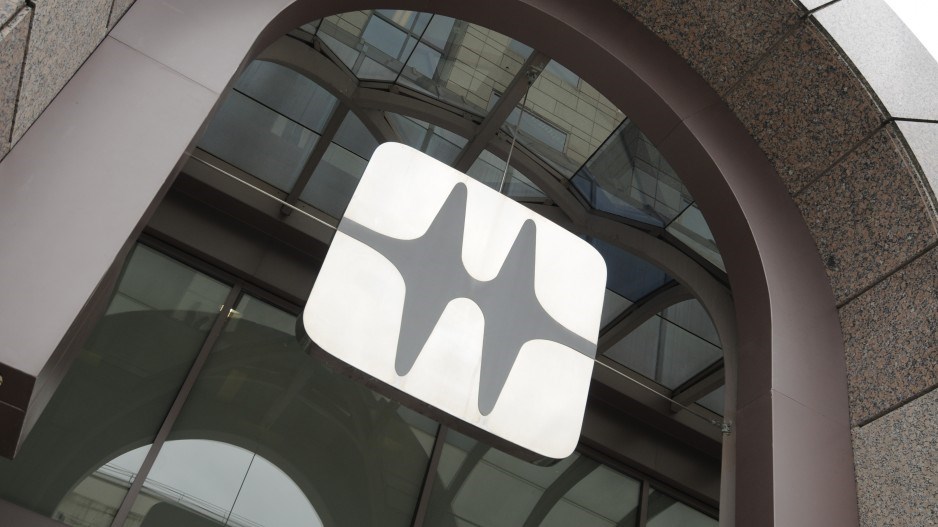BC's electricity needs will increase 50% over the next 20 years, according to BC Hydro's new draft integrated resource plan.
But the plan doesn't factor in the additional energy requirements of a $12 billion liquid natural gas plant that LNG Canada – a consortium of companies led by Shell – plans to build in Kitimat.
Hydro's plan could therefore be off by about 1,200 megawatts (the equivalent of the Site C dam), say industry insiders.
When the Shell LNG plant's energy demands are factored in, B.C.'s electricity needs increase by 65% to 70% over the next 20 years, not 50%.
"That's a huge uncertainty," said Richard Stout, executive director for the Association of Major Power Customers of BC.
BC Hydro is updating its integrated resource plan to adjust to the increased demand for electricity that northern B.C.'s industrial boom is expected to create. The plan, which is now open to public comment, anticipates the increased electrical needs of two new LNG plants, both of which have been approved. And while it acknowledges Shell's $12 billion LNG plant, Hydro does not include the project's energy needs in its core plan.
Randy Reimann, BC Hydro's director of resource planning, said the utility included only two LNG plants in its base plan because the Shell consortium has yet to determine whether it will tap into the BC Hydro grid or produce its own electricity by burning natural gas.Shell Canada spokesman Stephen Doolan confirmed Shell is exploring both options.
Stout said there are significant advantages to self-generation if the B.C. government allows industry to generate its own power with natural gas.
"It's cheap, and you can build gas-fired power plants in as little as three years. You can build them on the same time-frame as you build the load, so you have no problem matching your generation to the load."
But there are some major disincentives to self-generation with natural gas, not the least of which is the Clean Energy Act, which requires 93% of all new power generation in the province to produce zero emissions.
Even if LNG Canada were allowed to generate its own power, it would have to pay a carbon tax ($30 per tonne) and would be required to buy carbon offsets.
The consortium might find it hard to justify those added costs when it could tie into a public electrical system subsidized by B.C. ratepayers.
New LNG plants aren't the only factor that could drive increased energy needs in B.C. New mines are expected to go into production over the next decade, and there are plans to electrify the Peace region's natural gas fields.
BC Hydro estimates the province will need 4,900 gigawatt hours (GW/h) of additional electricity per year by 2021 and 12,500 GW/h per year by 2031.
Site C, which will take about 10 years to build, will provide 5,100 GW/h of annual energy and a capacity of 1,100 megawatts (enough to power 510,000 homes). Hydro also plans to gain another 500 MW by adding a sixth generating station at the Revelstoke dam by 2019 and 2,000 GW/h per year of additional energy from renewables – principally wind and run-of-river power – by 2018.
Hydro plans to bridge up to 66% of the power shortfall it faces before those new hydroelectric generators come online by reducing energy use.
However, some industry insiders question whether Hydro can hit those conservation targets. •




